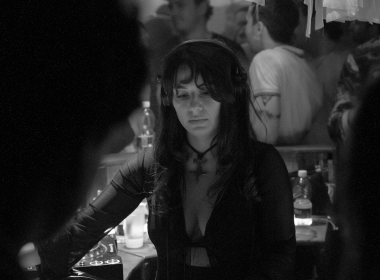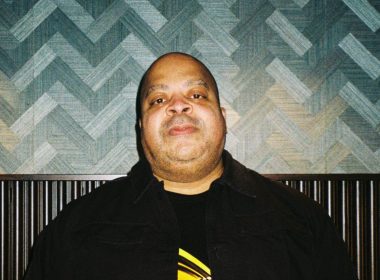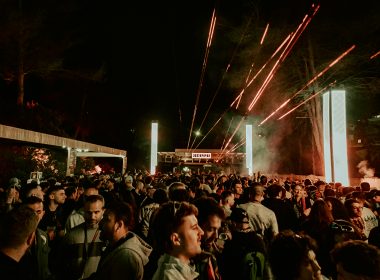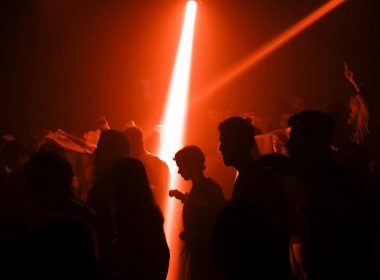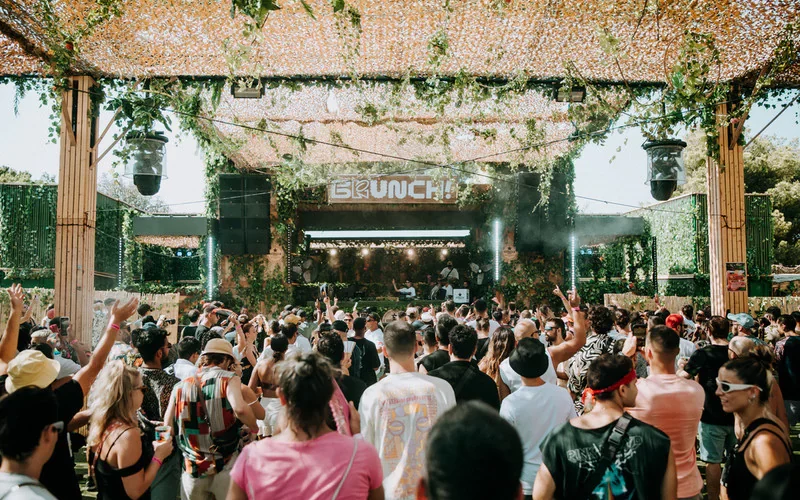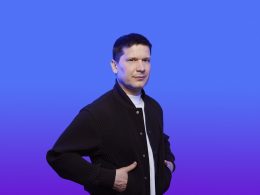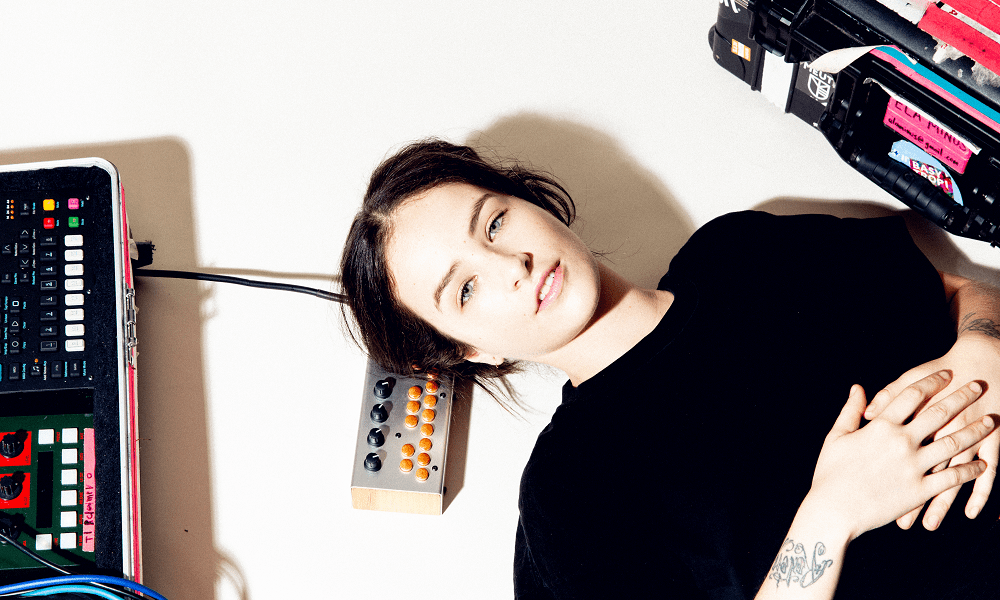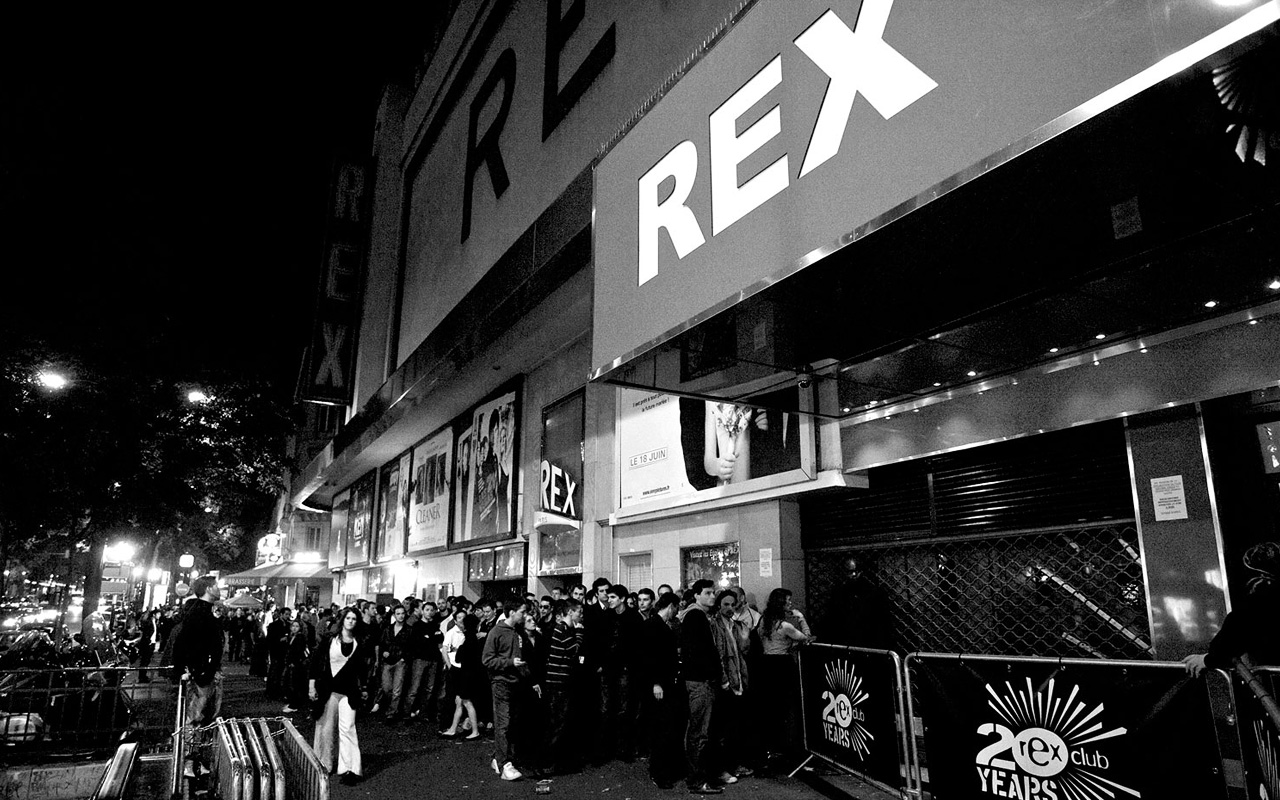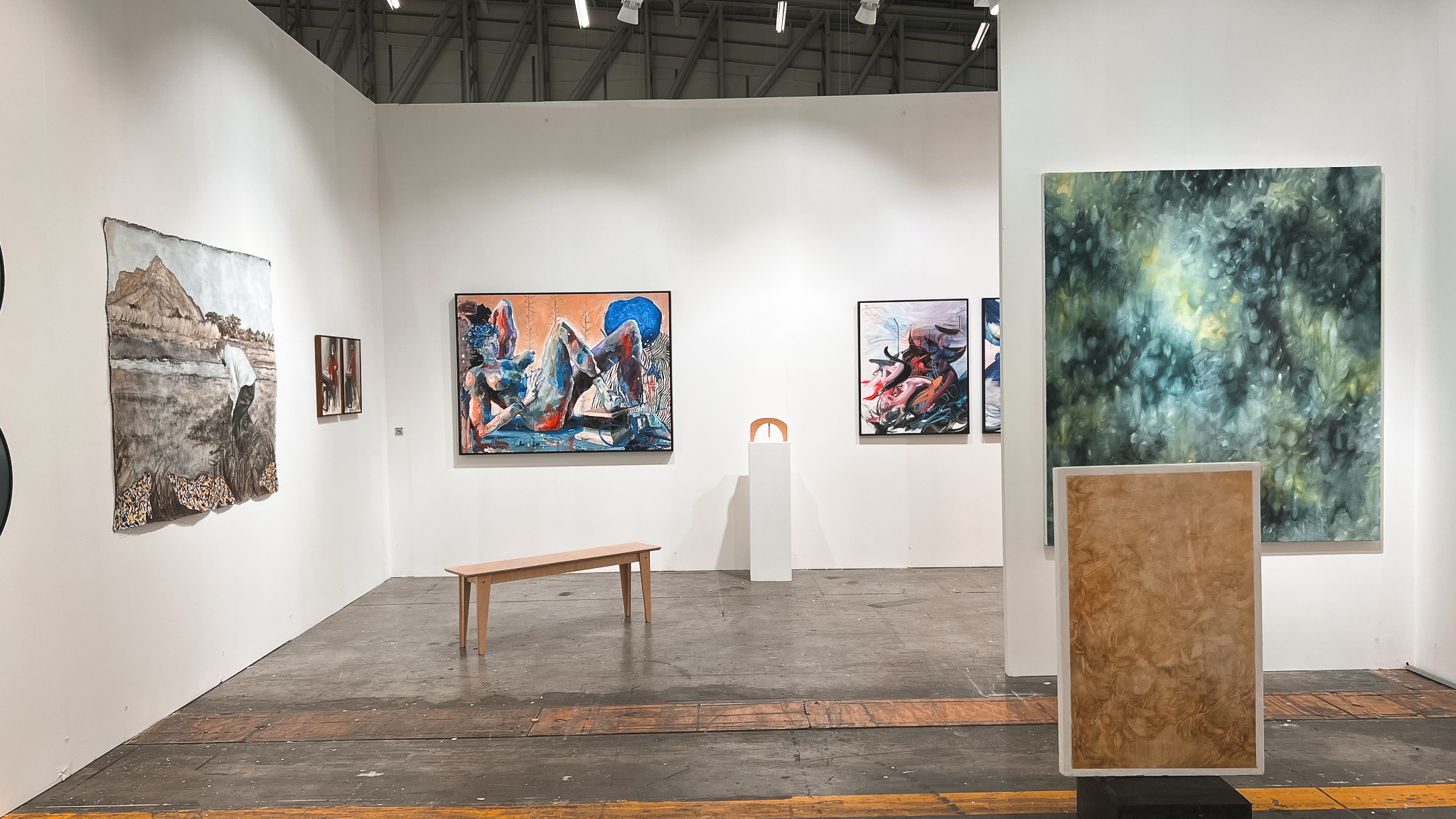What if building a DJ career wasn’t about chasing clout or playing the algorithm—but about craft, connection, and consistency? That’s the motto behind SEEDJ, the platform rewriting the rules of how electronic music artists thrive. Born in the pandemic and shaped by years inside the scene, SEEDJ is here to challenge the old model of “right place, right time” and replace it with something far more sustainable: access, education, and community.
In this exclusive NIGHTMAG interview, Vittorio Balestrazzi, (Co-founder of SEEDJ), gets real about flipping the script on DJ culture, what artists actually need in 2025, why the future of electronic music shouldn’t depend on your follower count and much more!
Let’s go back to the beginning. How did the whole SEEDJ history start? What was the moment you realised the traditional path for DJs needed a digital upgrade?
It all really started during those first surreal weeks of the pandemic. Clubs were closed, gigs vanished overnight, and suddenly the whole ecosystem that DJs relied on networking, live feedback, the dancefloor was just… gone. And what hit us hard was realizing how fragile that setup was. If your entire career depends on being seen in the right booth at the right time, what happens when that booth disappears?
That’s when we started thinking seriously: what if we could rewire the way DJs grow, not around luck or hype, but around real access education, tools, connections, all in one place and at your own pace. We wanted something that could actually support artists when the spotlight’s off, when they’re struggling in the studio at 2AM, or wondering how to reach the next label or promoter.
Building SEEDJ wasn’t easy, we had to figure out how to pack professional grade content and meaningful opportunities into a platform that felt intuitive, not corporate. Getting respected artists on board early helped a lot. It gave us the credibility to say: this isn’t just another tech solution. It’s a movement for those who are serious about this life.
Everyone talks about “democratising music.” But most tools are either too generic or too advanced. What gap did you see in the market that SEEDJ filled?
What we noticed is that a lot of platforms out there focus either on beginners just starting out, or on artists who already have a full team and big visibility. Which is great, those tools have their place. But we kept meeting DJs and producers who were somewhere in the middle: they had skills, a vision, maybe some releases, but no clear path forward. That’s the space that felt underrepresented, and that’s where SEEDJ comes in.
We didn’t build SEEDJ to compete with everything else, we built it to fill in the gaps. To be that bridge between developing your craft and actually getting seen by the right people. So yeah, we offer education, but it’s from artists who are active and relevant right now. And we connect that learning directly to opportunities with label submissions, contests, curated samples, weekly charts, things that can actually move your career forward.
It’s less about being “better” than what’s out there and more about offering something different. Something that’s built around the real journey of an artist, not just the start or the finish line.
We kept meeting DJs and producers who were somewhere in the middle: they had skills, a vision, some releases, but no clear path forward.
Vittorio Balestrazzi, (Co-founder of SEEDJ) for NIGHTMAG (2025).
You’re not just offering courses—you’re providing access to feedback, labels, and agencies. What makes this model more powerful than just watching tutorials on YouTube?
Exactly, this is where the real shift happens. Watching tutorials on YouTube can be useful, sure, but it’s mostly a one-way street. You watch, maybe you learn a trick or two, and then what? There’s no context, no follow-up, no next step. That’s fine if you’re just experimenting. But if you’re trying to build a career, you need more than tips, you need direction, feedback, and access.
What we’re doing with SEEDJ is turning that passive learning into a full ecosystem. You’re not just watching a course from a big-name artist, you’re seeing their actual process, then applying it with high-quality tools, and maybe even submitting your track to a label contest right after. And that track might get feedback, or even get picked up. That loop learn, create, connect, is what makes the model powerful.
Also, music is about people. Real growth comes from being in a network, not just consuming content. So SEEDJ brings you closer to the scene, not just technically, but socially through industry partners, challenges, curated label directories. It’s not just knowledge; it’s momentum.
You’ve partnered with some heavy hitters—Indira Paganotto, Anetha, SPFDJ, DVS1, etc. How did you get top-tier artists and labels to invest their time in a project like yours?
That part was really about the groundwork we’d already laid. Before SEEDJ even existed, we were active in the scene through two major event brands in Italy: With Love and PHASE 2. Giuseppe Fiolo, who’s also one of SEEDJ’s co-founders, is the founder of With Love (1997), and together with Gabriele and myself, we’d been managing these two projects for years. So we weren’t outsiders, we’d been booking artists, building relationships with agencies, talking music at 6AM after the club lights went up. That kind of connection counts. People knew we weren’t just trying to launch some tech project, we were part of the culture.
So when we started SEEDJ, we didn’t just cold email people. We had relationships. We could call up an agency, or sit down with an artist and explain the vision face to face. And because they knew us from past collaborations, they understood we weren’t chasing a trend, we were trying to build something the scene actually needed.
Plus, I think artists like Indira, Anetha, SPFDJ, DVS1… they’re not just icons, they’re people who care deeply about the next generation. When we showed them how SEEDJ could be a tool to support up-and-coming artists in a real, structured way—not just content but connection, they got it. They saw the value and wanted to be part of it. Not just lending a name, but giving their time and energy to help push the culture forward.

Tech is changing the way we learn music—AI, mobile apps, online production tools. Where do you see SEEDJ fitting into that next evolution?
We’re in a moment where tech is reshaping how people learn, create, and even think about music, and that’s both exciting and a little chaotic. You’ve got AI tools that can generate stems in seconds, mobile apps that let you sketch a track on a train, and tutorials flying at you from every direction. But the question is: how do you make all of that actually useful for an artist who’s trying to build something real? That’s where SEEDJ comes in.
We see SEEDJ as part of this next wave, but with structure, not noise. We’re not here to throw more content at people. We’re building a platform that helps artists make sense of all the tools, connect the dots, and grow in a way that’s actually personal. We’re improving how artists discover content, how they get matched with courses, samples, even labels—based on who they are, not just what’s trending.
We’re also working on AI features to make the platform smarter and more intuitive, so it knows what stage you’re at, what you need next, and suggests it in real time. Add to that a mobile experience focused on community, mentorship opportunities, and new interactive content formats, we’re not just riding the tech wave, we’re shaping it into something that works for artists.
Connect with people, send your tracks, jump into feedback groups. Don’t isolate because you’re not “there” yet. Nobody really is.
Vittorio Balestrazzi, (Co-founder of SEEDJ) for NIGHTMAG (2025).
What’s the most surprising piece of feedback you’ve received from a user who started using SEEDJ and saw real results? And from an established DJ?
One of the most surprising, and honestly emotional messages we got was from a user who told us SEEDJ made them feel like they “finally had a shot.” He wasn’t based in a major city, didn’t have industry contacts, and felt stuck for years despite putting out solid music. He joined a gig contest, and ended up performing on a big stage. The best part? He said, “For the first time, I feel seen as an artist.” That kind of feedback hits different. It reminded us why we built this in the first place.
From more established DJs, the vibe is a bit different but just as interesting. One artist who’s been touring internationally for years told us they started using SEEDJ to check out the courses “just out of curiosity”, and ended up discovering new production workflows. That’s when it clicked for them: SEEDJ isn’t just for up-and-comers, it’s a space where knowledge flows both ways. They also appreciated how clean and organized the platform felt. Compared to the usual chaos of digging through YouTube or Discord threads.
Hearing that, from someone who’s already in the game, meant a lot. It showed us that if we keep things practical, high-quality, and grounded in real community, we’re building something that can support artists at every level.
With social media metrics driving bookings more than talent in many cases. Do you think SEEDJ can help shift the industry back toward skills and music-first values?
Yeah, that’s one of the core reasons SEEDJ exists, to be honest. We’ve all seen it, artists getting booked because of follower counts instead of the quality of their sets or productions. And look, we get it: promoters (like us) are under pressure too. Trying to fill rooms, with production costs higher and higher. It starts to feel more like a numbers game than a music culture.
SEEDJ isn’t here to fight social media; it’s part of the ecosystem, but we are trying to rebalance things. Our whole model is built around skills, consistency, and artistic identity. When someone gets selected through a label or gig contest on SEEDJ, it’s because their track hit the mark, not because of how well it performed on Instagram. Same with our identity matching system: it connects users to labels, content, and opportunities based on their actual musical profile.
Because at the end of the day, it’s the music that lasts, not the metrics.
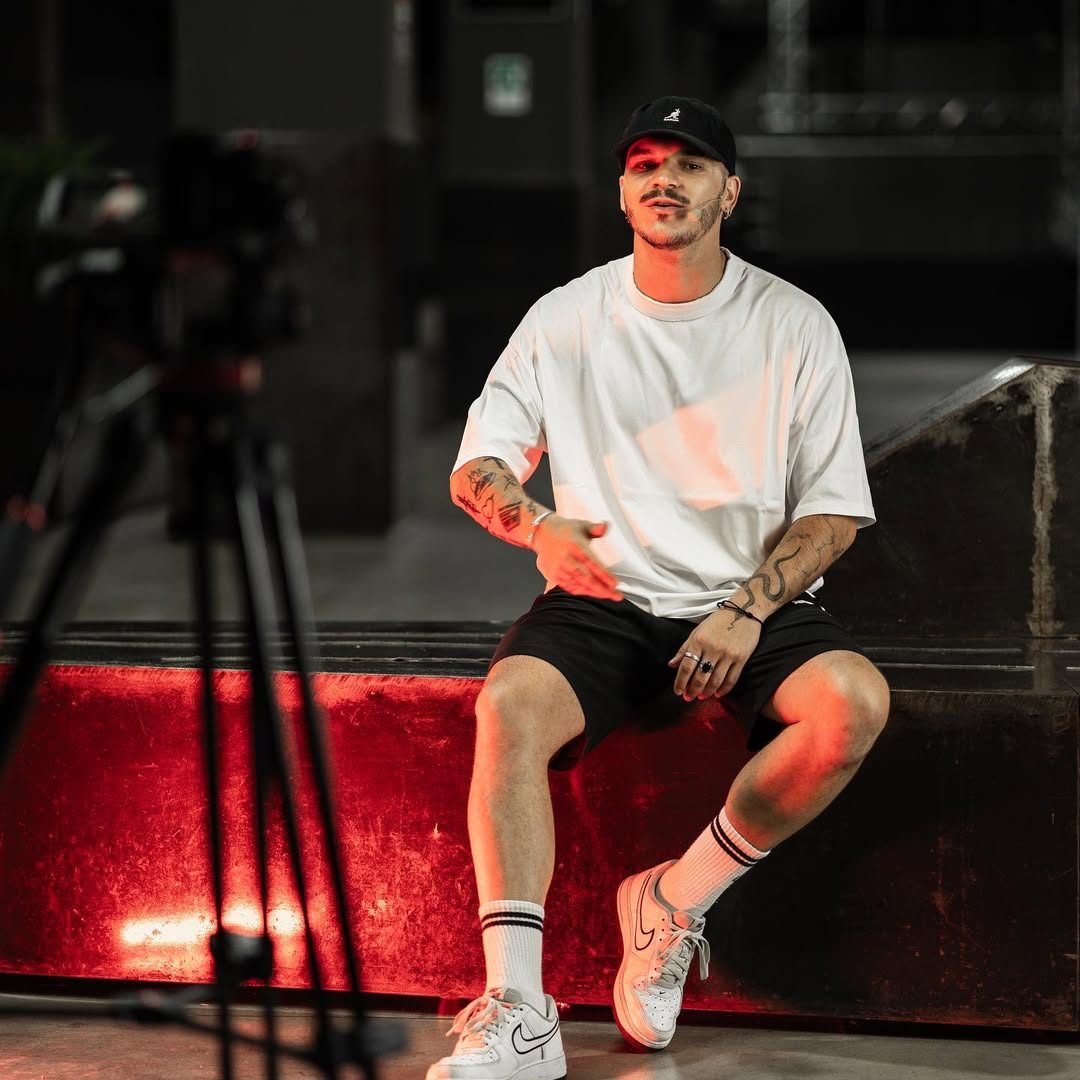
You’ve got a whole network of artists, promoters…With everything you know now, what sounds, scenes, or new DJs do you feel are about to break through next?
Over the past few years, hard techno took over in a big way, globally. The energy, the speed, the rawness, it spoke to a whole generation looking for intensity. It’s been a powerful wave, and it’s still very much alive. But lately, we’re seeing the scene open up again to a broader techno sound. One that’s more focused on groove, storytelling, and depth.
Artists like Chlar, Alarico, Yanamaste, Quelza are doing incredible work in this space. Their sets and productions feel intentional, like there’s a story behind every moment.
At the same time, minimal and house are also finding new momentum, especially in more intimate venues of after parties.
And beyond Europe, there’s something really exciting happening. We’re watching music scenes in Latin America, Southeast Asia, and other emerging regions grow at a crazy pace. There’s a hunger to learn, to create, to be heard. That’s exactly why we started our scholarship program, to give a discounted access to SEEDJ for artists in these areas who have the talent, but not always the tools.
Through this, we’re discovering artists who bring entirely new influences to the table.
If you had to give one piece of advice to a 19-year-old bedroom DJ looking to go pro in 2025, what would it be?
If you’re 19 and making music in your bedroom, first of all, respect. My real advice? Don’t get distracted by the pressure to blow up fast. Take your time to really build your sound. Not just copy what’s trending—but figure out what moves you.
There’s so much noise out there, and it’s easy to feel behind. But the truth is, the DJs and producers who last are the ones who stay curious, stay consistent, and don’t fake it. You don’t need to be famous tomorrow. What you need is to be better next month than you are today.
Also: connect with people. Send your tracks to other artists, jump into feedback groups, get involved. Don’t isolate yourself just because you’re not “there” yet. Nobody really is. And yeah, platforms like SEEDJ exist for this exact reason, to give you access to tools, labels, artists who’ve walked the path before you. Use what’s out there, but keep your own pace. That’s your biggest asset.
Looking ahead: do you see SEEDJ evolving into something even bigger? What are your next steps?
SEEDJ was never meant to be just a static platform. From day one, it’s been about movement, adapting, growing, building something that actually follows the rhythm of the scene and the needs of artists. So yes, we’ve got big plans. Some we can’t fully reveal yet, but the direction is clear: we want to go beyond screens.
Right now we’re working on expanding the experience not just digitally, with smarter tools, AI integration, and a more personalized platform, but also offline. We want to get closer to the community, physically. More events, more workshops, more presence in the territories where our users are. We want SEEDJ to become part of local ecosystems.
Because at the end of the day, electronic music lives in the real world in booths, on dancefloors, in shared moments. That’s where the connection happens. So we’re building towards that. Slowly, intentionally, but it’s coming. And if you’re part of the SEEDJ community, you’ll definitely feel it.



